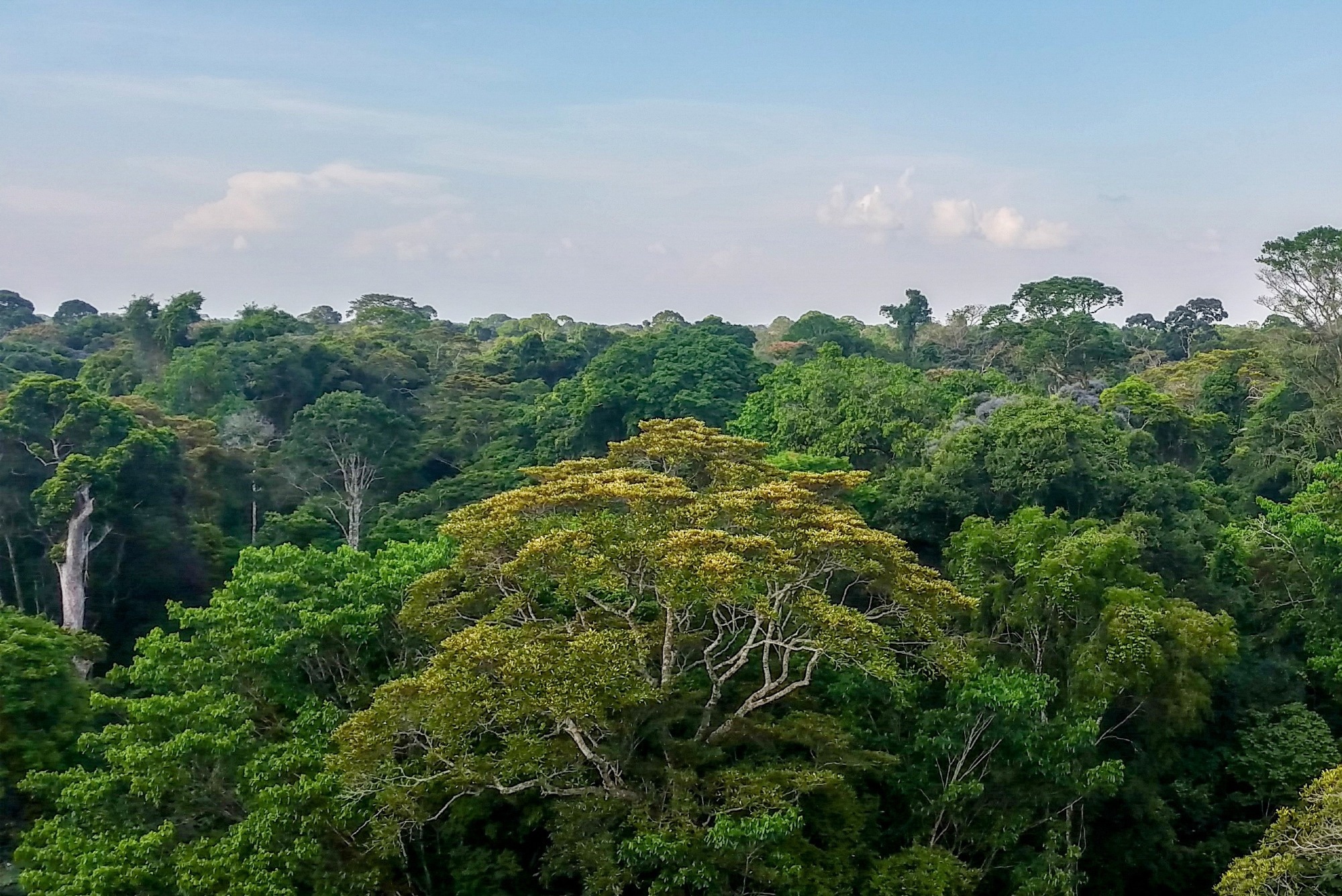The Amazon rainforest faces the risk of reaching a tipping point, potentially triggering a widespread collapse with significant consequences for the global climate.

Image Credit: Boris Sakschewski
A recent study published in Nature, conducted by an international research team that includes scientists from the Potsdam Institute for Climate Impact Research (PIK), indicates that as much as 47% of the Amazonian forest is under threat. The study identifies critical climatic and land-use thresholds that must not be surpassed to maintain the resilience of the Amazon ecosystem.
The Southeastern Amazon has already shifted from a carbon sink to a source –meaning that the current amount of human pressure is too high for the region to maintain its status as a rainforest over the long term. But the problem doesn't stop there. Since rainforests enrich the air with a lot of moisture which forms the basis of precipitation in the west and south of the continent, losing forest in one place can lead to losing forest in another in a self-propelling feedback loop or simply ‘tipping.’
Boris Sakschewski, Study Author and Scientist, Potsdam Institute for Climate Impact Research
Up to 47% of the Amazon Rainforest Threatened by Droughts and Fires
Recent stressors such as rising temperatures, droughts, deforestation, and fires, even in central and remote areas, are diminishing the Amazon's innate resilience, nudging it closer to a critical threshold. The study predicts that by 2050, 10-47% of the Amazonian forests will face threats from escalating disturbances, potentially breaching a tipping point.
Drawing from an extensive array of scientific findings, the researchers pinpoint five key drivers linked to this tipping point: global warming, annual rainfall levels, the variability in rainfall intensity throughout the year, duration of the dry season, and cumulative deforestation. They propose safe thresholds for each of these drivers to maintain Amazon's resilience.
We found for example that for mean annual rainfall below 1000 mm per year, the Amazon rainforest cannot exist. However, below 1800 mm per year, abrupt transitions from rainforest to a Savanna-like vegetation become possible. This can be triggered by individual droughts or forest fires, which both have become more frequent and more severe in recent years.
Da Nian, Study Author and Scientist, Potsdam Institute for Climate Impact Research
The repercussions of forest depletion extend beyond the confines of the Amazon. The moisture conveyed by the Amazon's "flying rivers" plays a crucial role in the South American Monsoon, influencing rainfall across extensive regions of the continent.
Additionally, the Amazon ecosystem acts as a significant carbon sink, storing an amount of carbon equivalent to 15-20 years of present human CO2 emissions. Consequently, the loss of Amazonian forests exacerbates global warming and amplifies its repercussions.
“Greenhouse Gas Emissions and Deforestation Have to End”
The study delves into instances of disrupted forests across different regions of the Amazon to anticipate potential ecosystem outcomes. In certain scenarios, the forest might undergo partial recovery but remain ensnared in a degraded condition, characterized by the prevalence of opportunistic plants like lianas or bamboos.
Conversely, in other instances, the forest fails to regenerate and remains locked in an open-canopy, highly flammable state. The proliferation of these open, flammable ecosystems within the heart of the Amazon forest raises significant concerns as they have the potential to propagate fires to neighboring forests.
“To maintain the Amazon forest within safe boundaries, local and global efforts must be combined. Deforestation and forest degradation have to end and restoration has to expand. Moreover, much more needs to be done to stop greenhouse-gas emissions worldwide,” notes co-author Niklas Boers, leader of the Future Lab “Artificial Intelligence in the Anthropocene” at PIK and professor of Earth System Modelling at the Technical University of Munich.
Journal Reference:
Flores, B. M., et al. (2024). Critical transitions in the Amazon forest system. Nature. doi.org/10.1038/s41586-023-06970-0.